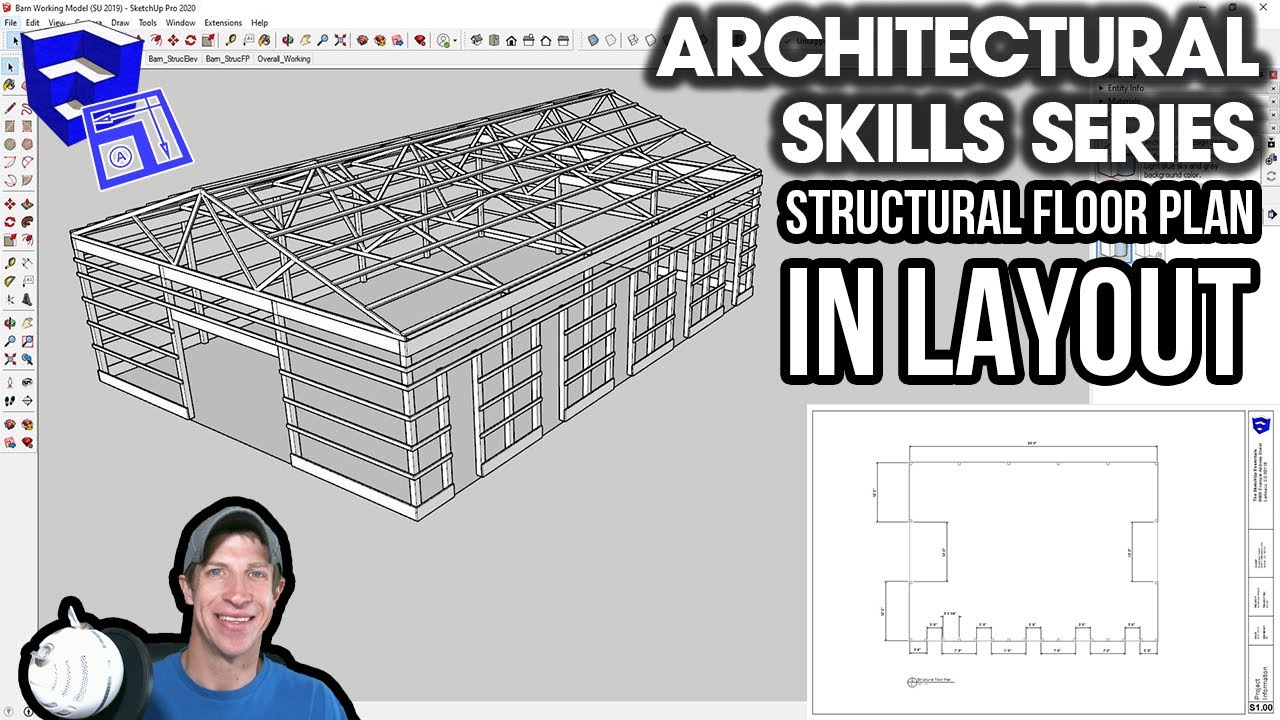
Click on Create Key to add an animation Keyframe to the Clip:ĥ.
#Sketchup layers panel movie#
Photo Mode or Movie Mode -> Add Effect -> Scene and Animation tabĤ.2: In Photo Mode you can set the visibility of Layers for each Photo using the Layer Visibility Effect:Ĥ.3: In Movie Mode, you can also animate the visibility of Layers in your Clips with the Layer Visibility Effect. Lumion 10 and newer: Please see section 3 above.Ĥ.1: The Layer Visibility Effect is available here:.How does the Layer Visibility Effect work in Lumion 8.0-9.5?


Click on Create Key to add an animation Keyframe to the Clip:Ĥ. Photo Mode or Movie Mode -> Add Effect -> Objects tabģ.2: In Photo Mode you can set the visibility of Layers for each Photo using the Layer Visibility Effect:ģ.3: In Movie Mode, you can also animate the visibility of Layers in your Clips with the Layer Visibility Effect. Lumion 7 and older: Please see section 5 below.ģ.1: The Layer Visibility Effect is available here:.Lumion 8.0-9.5: Please see section 4 below.How does the Layer Visibility Effect work in Lumion 10 and newer versions? That way you can place all lights on one Layer, all trees on another Layer, and so on.Ģ.1: If you click on the button you can add additional Layers up to a maximum of 20.Ģ.2: The Eye buttons in Build Mode allow you to show or hide Layers.Ģ.3: The Arrow button is used when you want to move selected models to the active Layer.ģ. Layers are useful for organizing your models in large projects. Here's how Layers work in Lumion 9.5 and older versions Lumion 12.0 and newer versions include the same Layer system as in Build Mode for the Move Effect, Advanced Move Effect and Mass Move Effect.Ģ. When Always Show Layers is On, then all Layers with the Layers Bar will always show at the top of the Lumion screen. The Layers will display when the mouse is close to the Layer Bar. When the Always show Layers button is Off (top right above Performance Monitor) then only the current/active Layer will display when the mouse hovers near the Layers region. You can set Lumion to show only the current/active Layer. This ensures that if you select some other Layer, the objects currently on another Layer do not get moved as in 1.4. Note: You are best to unselect all objects first before using the button to Select All in this Layer.

To hide, for example, Layer 1, you need to first click on another Layer name to select the Layer such as Layer 2.ġ.3: Double-click on a Layer to rename it:ġ.4: To move one or more objects to a Layer, select the object(s) and then use the Layer selection menu in the Object Options Panel in the top right corner to assign the object(s) to the desired Layer:ġ.5: Click on the Arrow button to select all objects that are currently assigned to the selected Layer: Lumion 12.3 and newer versions support up to 32 Layers.ġ.1: If you click on the Add Layer button you can add additional Layers:ġ.2: The Hide Layer buttons allow you to show or hide Layers:Ī Layer cannot be hidden if it is the currently active (white) Layer. In Lumion 12 and older versions, you can add up to 20 Layers in a Project. You see the Layer Bar with its Layers when you use the Content Library Mode or Materials Mode:īy default, there are five (5) Layers available in a new Project. That way you can place all lights on one Layer, all trees on another Layer, and so on. Layers are useful for organizing your models and objects in large projects.

Here's how Layers work in Lumion 10 and newer versions


 0 kommentar(er)
0 kommentar(er)
